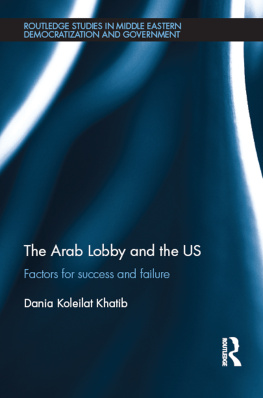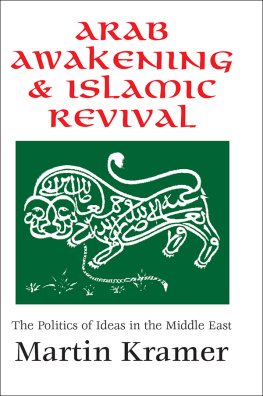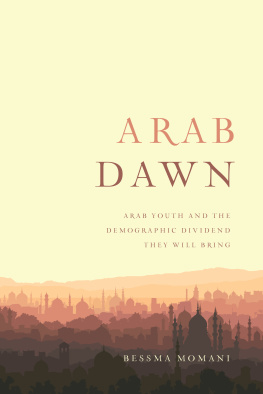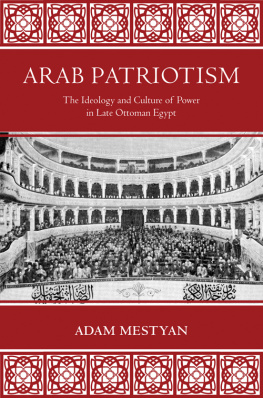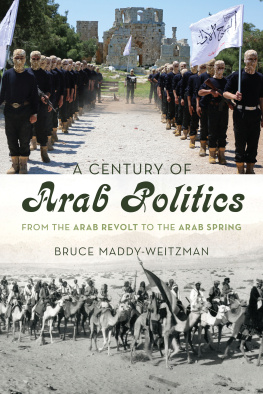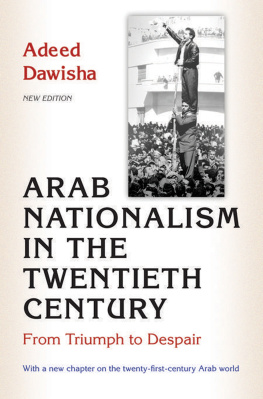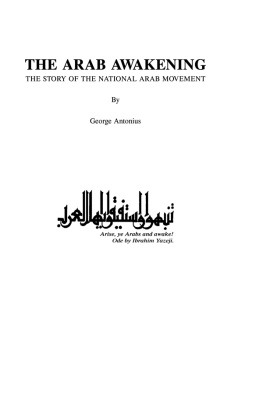First published in 1987
This edition first published in 2012
by Routledge
2 Park Square, Milton Park, Abingdon, Oxon, OX14 4RN
Simultaneously published in the USA and Canada
by Routledge
711 Third Avenue, New York, NY 10017
Routledge is an imprint of the Taylor & Francis Group, an informa business
1987 Centre for Arab Unity Studies
All rights reserved. No part of this book may be reprinted or reproduced or
utilised in any form or by any electronic, mechanical, or other means, now
known or hereafter invented, including photocopying and recording, or in any
information storage or retrieval system, without permission in writing from the
publishers.
Trademark notice : Product or corporate names may be trademarks or registered
trademarks, and are used only for identification and explanation without intent
to infringe.
British Library Cataloguing in Publication Data
A catalogue record for this book is available from the British Library
ISBN: 978-0-415-62197-7 (Set)
eISBN: 978-0-203-10593-1 (Set)
ISBN: 978-0-415-62286-8 (Volume 1)
eISBN: 978-0-203-10496-5 (Volume 1)
Publishers Note
The publisher has gone to great lengths to ensure the quality of this reprint but
points out that some imperfections in the original copies may be apparent.
Disclaimer
The publisher has made every effort to trace copyright holders and would
welcome correspondence from those they have been unable to trace.
The
Historical
Formation
Of The Arab
Nation
A Study in Identity and Consciousness
A. A. DURI
TRANSLATED BY
LAWRENCE I. CONRAD
CROOM HELM
Londen New York Sydney
1987 Centre for Arab Unity Studies
Croom Helm Ltd, Provident House, Burrell Row,
Beckenham, Kent, BR3 1AT
Croom Helm Australia, 44-50 Waterloo Road,
North Ryde, 2113, New South Wales
Published in the USA by
Croom Helm
in association with Methuen, Inc.
29 West 35th Street
New York, NY 10001
British Library Cataloguing in Publication Data
Duri, Abd al-AzIz
The historical formation of the Arab nation.
1. Arab countries History I. Title
909.0974927 DS37.7
ISBN 0-7099-3471-8
Library of Congress Cataloging-ln-Publkation Data
Dr, Abd al-Azz.
The historical formation of the Arab nation.
Translation of: al-TakwIn al-trkh lil-ummah al-Arabyah.
Bibliography: p.
Includes index.
1. Nationalism Arab countries. 2. Arabism. 3. Arab countries History 1798- . I. Title. DS63.6.D8713 1987 909.0974927 87-17116 ISBN 0-7099-3471-8
Printed and bound in Great Britain by Mackays of Chatham Ltd, Kent
Preface
The origins and rise of the modern Arab consciousness and sense of identity as a people comprise both an important problem in the study of the historical process of social formation and, of no less interest, a topic of continuing scholarly debate. A.A. Duris contribution to the discussion represents the insight of an eminent Arab historian whose research spans the period from the rise of Islam to modern times, and ranges over historical studies in their political, social, economic and intellectual dimensions. The original Arabic work, Al-Takwn al-tarkh li-l-umma al-arabya: dirs f l-huwya wa-l-dht , published in Beirut by the Centre for Arab Unity Studies in September 1984, has been received with great interest, and the author has already presented an English summary of his views on the medieval aspects of the subject in his 1981 Annual Distinguished Lecture at Georgetown Universitys Center for Contemporary Arab Studies.
Duris study requires no additional introduction here, but a few prefatory remarks concerning the translation would perhaps be in order. The authors lucid Arabic style lends itself to translation, and I have tried to stay as close to it as possible. Misprints in the Arabic text have been corrected without comment; and similarly, technical terminology has at times been rendered in a somewhat exegetical fashion for the benefit of the uninitiated reader. At the same time, however, it would seem important that the informed reader be granted the means to determine whether a word in a book title or item of technical vocabulary is, for example, amal (hope), or amal (work), or whether an individual under discussion is someone named mir or simply an individual bearing the title of Amir. To ignore this problem at the least raises the possibility of unnecessary confusion, and at worst implies that it does not matter whom or what we are talking about. I have thus rendered all personal names and book titles, as well as all but the most commonly known place names (Damascus, Baghdad) and terms (ulema), in formal transliteration.
In some cases it has been necessary to introduce certain additions into the notes. Some of these are offered to clarify allusions which, although clear enough to the Arabic reader for whom the original work was intended, would not necessarily be so to one making use of this translation. In other cases, where the author cites Arabic translations of works originally written in European languages, references to the original texts have been added. All such additions are set off in square brackets. In cases where Duri quotes from English-language works, I have, wherever possible, used the text of the original English version (e.g. for renderings of Foreign Office documents).
A particular problem arose in the case of poetry, which is in this context cited not for its style or literary merit, but for the ideas it conveys. I have thus tried to preserve something of the spirit and essence of the verse quoted by Duri, but have not made an effort to retain poetical form in cases where this seemed to require excessive deviation from the literal sense of the text.
In conclusion it is my pleasant task to express a few words of gratitude. I am most grateful to Professor A.A. Duri, who, in addition to reading the translation and offering useful suggestions for improvements, gave freely of his advice on a number of procedural questions and provided me with photocopies from certain Arabic works unavailable in London. Also, my thanks to Dr Khair El-Din Haseeb, Director General of the Centre for Arab Unity Studies, who first suggested that I undertake the translation, and then patiently tolerated several delays. The Centre has also arranged for the preparation of the index. Finally, I am indebted to Vivien Wren, who did superlative work in word-processing the English text, and to the editorial staff of Croom Helm, for their care and skill in the production of the book.


